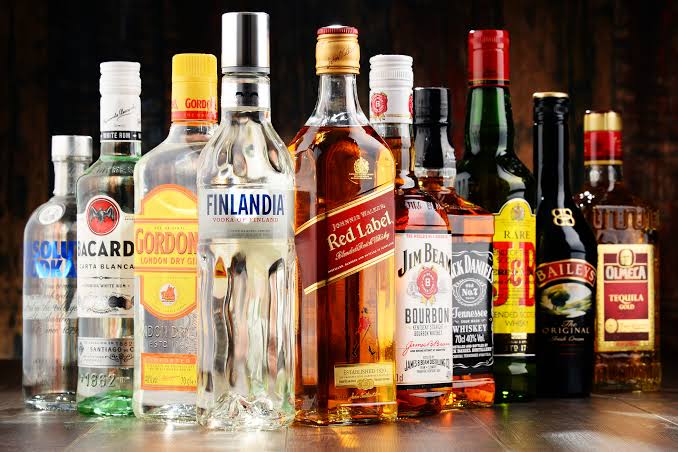 When it comes to the oldest drink in American history, many may instinctively think of beer or whiskey. But one beverage predates them all�not just in the Americas, but around the world. That drink is mead, often referred to as �honey wine.� While mead has ancient global origins, it holds a particularly interesting and overlooked place in early American history.
When it comes to the oldest drink in American history, many may instinctively think of beer or whiskey. But one beverage predates them all�not just in the Americas, but around the world. That drink is mead, often referred to as �honey wine.� While mead has ancient global origins, it holds a particularly interesting and overlooked place in early American history.
Mead is an alcoholic beverage created by fermenting honey with water, sometimes with the addition of fruits, spices, grains, or hops. It is one of the oldest known alcoholic drinks in human history, with archaeological evidence of its production dating back over 9,000 years in China and over 4,000 years in Europe and Africa.
Unlike beer or wine, which rely on grains and grapes respectively, mead uses honey as its primary fermentable sugar. This gives it a unique profile�sweet, dry, or sparkling depending on the recipe and technique.
Though mead is more often associated with the ancient Norse, Celts, and Ethiopians, it was also among the earliest fermented drinks made in pre-colonial and colonial America. Native American tribes had their own versions of fermented honey and fruit-based beverages, using local resources like berries, bark, and roots. However, the form of mead most Americans recognize today arrived with European settlers.
In the 1600s and 1700s, European colonists brought meadmaking traditions to the New World. Honey was easier to obtain than cultivated grains or grapes in early settlements, and the drink quickly found favor. Recipes for mead appear in early American cookbooks and diaries, including those written by Puritans and Founding Fathers.
In fact, George Washington, Thomas Jefferson, and Benjamin Franklin were known to enjoy mead. Washington even brewed his own at Mount Vernon. Recipes in Jefferson�s writings reveal detailed notes on various fermented beverages, showcasing a sophisticated understanding of home fermentation.
Despite its early significance, mead began to fall out of favor in America as the production of beer and whiskey became more widespread. The industrialization of agriculture made grain-based alcohol cheaper and easier to produce on a larger scale. Additionally, the rise of rum and brandy�due to trade with the Caribbean�offered colonists a broader range of choices.
By the 19th century, mead had become something of a historical curiosity, enjoyed more for novelty than regular consumption.
In recent years, mead has seen a significant revival in the U.S. craft beverage scene. A new generation of meaderies has emerged, experimenting with traditional and innovative flavors�ranging from hibiscus and chili to apple and hops. Mead festivals, tastings, and clubs have sprung up nationwide.
This renaissance is not only about flavor but also about reconnecting with a deeper historical and cultural tradition. Enthusiasts see mead as a bridge to the past, a way to honor ancient practices while embracing modern tastes.
Mead holds an almost mythical status in human culture. It appears in ancient texts like the Rigveda, Beowulf, and Norse mythology, where it is often associated with gods, fertility, and celebration. In the American context, mead connects us to the foundational days of the nation�when settlers brewed with what they had and found comfort in the familiar traditions of the Old World.
Even the term �honeymoon� has roots in mead: in medieval Europe, newlyweds would drink mead for a month after marriage to encourage fertility and good fortune.
Though it may not be the first beverage that comes to mind, mead is arguably the oldest drink in American history, predating modern beer, wine, and spirits in both indigenous and colonial cultures. Its simple recipe belies a rich and complex heritage, one that stretches from prehistoric caves to colonial kitchens and into modern craft breweries.
Today, mead stands as a symbol of endurance, innovation, and cultural blending�offering both a taste of history and a toast to the future.








